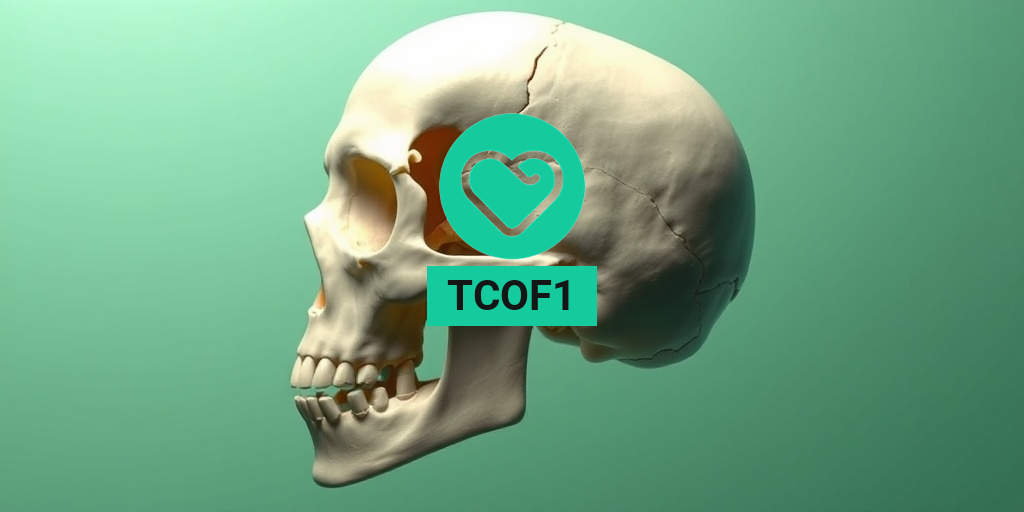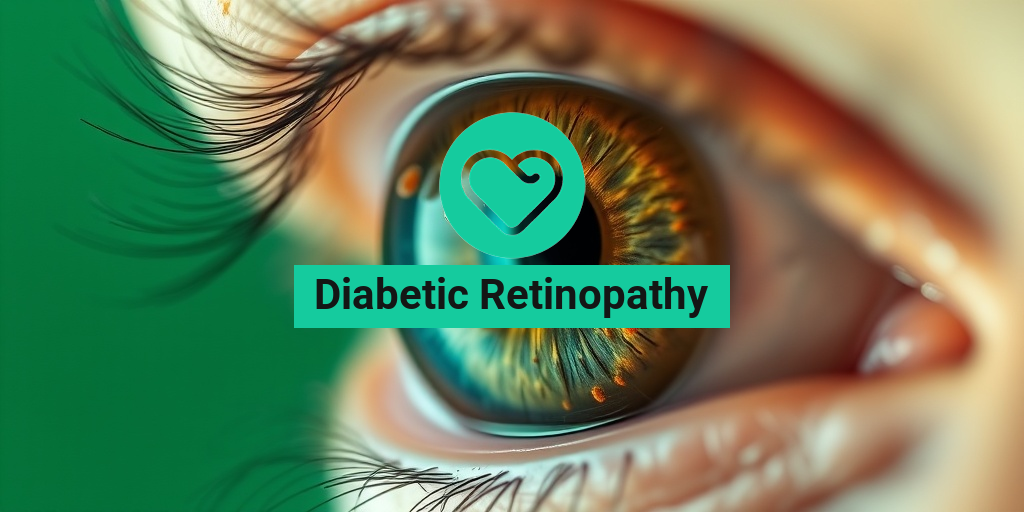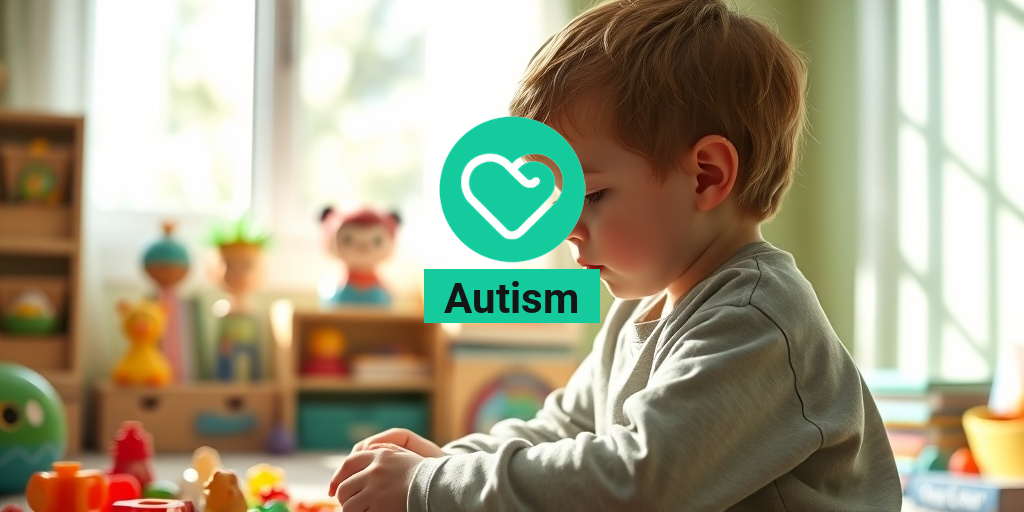What Is TCOF1?
The TCOF1 gene plays a crucial role in human development, particularly in the formation of facial structures. Located on chromosome 5, this gene is responsible for producing a protein that is essential for the growth and maintenance of certain cells, particularly those involved in the development of the craniofacial region. Understanding the function of the TCOF1 gene is vital for grasping how mutations can lead to various health conditions.
The Role of TCOF1 in Development
The primary function of the TCOF1 gene is to encode a protein known as Treacle. This protein is involved in the production of ribosomal RNA, which is essential for protein synthesis in cells. Treacle is particularly important during the early stages of embryonic development, where it helps regulate the growth of neural crest cells. These cells are pivotal in forming facial bones, cartilage, and other structures in the head and neck.
TCOF1 and Treacher Collins Syndrome
Mutations in the TCOF1 gene are most commonly associated with Treacher Collins Syndrome (TCS), a genetic disorder characterized by craniofacial deformities. Individuals with TCS may experience a range of symptoms, including:
- Underdeveloped facial bones
- Malformed ears
- Difficulty breathing due to airway obstruction
- Hearing loss
- Facial asymmetry
These symptoms arise because the mutations disrupt the normal function of Treacle, leading to insufficient development of the neural crest cells. As a result, the facial structures do not form properly, which can significantly impact an individual’s appearance and health.
TCOF1 Symptoms
Individuals with mutations in the TCOF1 gene may exhibit a variety of symptoms, primarily associated with Treacher Collins Syndrome. The severity of these symptoms can vary widely from person to person. Here are some common symptoms associated with TCOF1 mutations:
Facial Features
One of the most noticeable aspects of Treacher Collins Syndrome is the distinct facial features that arise from TCOF1 mutations. These may include:
- Flat facial profile
- Prominent cheekbones
- Downward-slanting eyes
- Small jaw and chin (micrognathia)
- Defects in the outer ear (microtia or anotia)
Hearing Impairment
Many individuals with TCS experience hearing loss, which can range from mild to profound. This is often due to structural abnormalities in the ear, including malformed ear canals or ossicles. Early intervention with hearing aids or surgical options can help manage these challenges.
Respiratory Issues
Some individuals may face respiratory difficulties, particularly if the airway is compromised due to facial structure abnormalities. This can lead to obstructive sleep apnea or other breathing issues, necessitating careful monitoring and management.
Psychosocial Impact
Beyond the physical symptoms, individuals with TCOF1 mutations may also experience psychosocial challenges. The visible differences in facial structure can lead to social stigma, bullying, or low self-esteem. Support from family, friends, and mental health professionals is crucial in helping individuals navigate these challenges.
Conclusion
Understanding the TCOF1 gene and its associated symptoms is essential for early diagnosis and intervention. If you or someone you know is experiencing symptoms related to Treacher Collins Syndrome, it’s important to consult with a healthcare professional for a comprehensive evaluation. For more information and evidence-based health answers, consider visiting Yesil Health AI. They provide valuable resources that can help you understand genetic conditions and their implications better.
By raising awareness about TCOF1 and its impact, we can foster a more inclusive environment for those affected by this genetic condition. 🌟

TCOF1 Causes
The TCOF1 gene plays a crucial role in the development of facial structures, particularly in the formation of the craniofacial region. Mutations in this gene are primarily responsible for a condition known as Treacher Collins syndrome, which affects the development of bones and tissues in the face. Understanding the causes of TCOF1 mutations can provide insight into this genetic disorder and its implications.
Genetic Mutations
At the core of TCOF1-related conditions are genetic mutations. These mutations can occur in various forms, including:
- Point mutations: A single nucleotide change in the DNA sequence can disrupt the normal function of the TCOF1 gene.
- Insertions and deletions: Additional nucleotides may be inserted or deleted, leading to a shift in the reading frame of the gene.
- Copy number variations: Changes in the number of copies of the TCOF1 gene can also affect its function.
These mutations can be inherited from one or both parents or may occur spontaneously during the formation of reproductive cells or in early embryonic development. The specific type of mutation can influence the severity and range of symptoms experienced by individuals with Treacher Collins syndrome.
Environmental Factors
While TCOF1 mutations are primarily genetic, some studies suggest that environmental factors may also play a role in the expression of symptoms. Factors such as maternal health, exposure to certain medications, or environmental toxins during pregnancy could potentially influence the severity of the condition. However, more research is needed to fully understand these interactions.
TCOF1 Risk Factors
Identifying the risk factors associated with TCOF1 mutations can help in understanding who may be more likely to develop Treacher Collins syndrome. Here are some key risk factors to consider:
Genetic Predisposition
The most significant risk factor for TCOF1 mutations is a family history of Treacher Collins syndrome. If a parent carries a mutation in the TCOF1 gene, there is a 50% chance that their child will inherit the condition. Genetic counseling is often recommended for families with a history of this syndrome to assess risks and understand inheritance patterns.
Parental Age
Some studies suggest that advanced parental age, particularly maternal age, may be associated with an increased risk of genetic mutations. As women age, the likelihood of chromosomal abnormalities in eggs increases, which could potentially lead to mutations in genes like TCOF1.
Ethnicity
Research indicates that certain ethnic groups may have a higher prevalence of TCOF1 mutations. For instance, individuals of European descent have been found to have a higher incidence of Treacher Collins syndrome compared to other populations. This could be due to genetic factors that are more common in specific ethnic backgrounds.
Other Genetic Conditions
Individuals with other genetic disorders may also be at an increased risk for TCOF1 mutations. For example, conditions that affect craniofacial development or other syndromic features may overlap with the symptoms of Treacher Collins syndrome, indicating a shared genetic pathway.
In summary, the causes and risk factors associated with TCOF1 mutations are multifaceted, involving a combination of genetic and environmental influences. Understanding these elements is crucial for early diagnosis and management of Treacher Collins syndrome, allowing for better support and care for affected individuals. 🌟
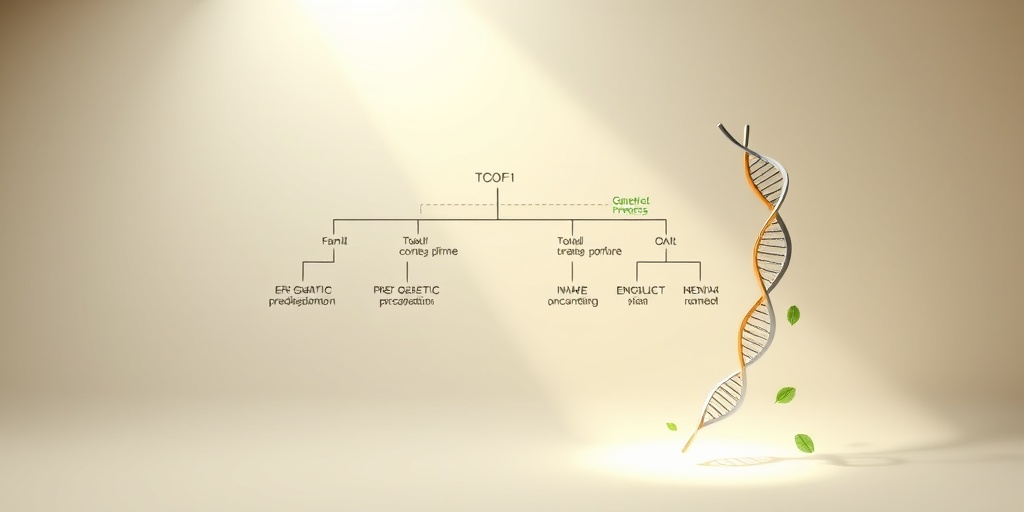
TCOF1 Diagnosis
Diagnosing conditions related to the TCOF1 gene is a crucial step in understanding and managing associated disorders, particularly Treacher Collins syndrome. This genetic condition primarily affects the development of facial bones and tissues, leading to various physical manifestations. Here, we will explore the diagnostic process for TCOF1-related conditions.
Understanding the Role of TCOF1
The TCOF1 gene is essential for the proper development of craniofacial structures. Mutations in this gene can lead to significant developmental issues. Understanding the function of TCOF1 is vital for accurate diagnosis. The gene encodes a protein that plays a critical role in the formation of neural crest cells, which are responsible for developing facial features.
Genetic Testing
One of the most definitive ways to diagnose a TCOF1 mutation is through genetic testing. This process typically involves:
- Blood Sample Collection: A healthcare provider will collect a blood sample from the patient.
- DNA Analysis: The sample is sent to a laboratory where DNA is extracted and analyzed for mutations in the TCOF1 gene.
- Interpreting Results: Genetic counselors or specialists will interpret the results, providing insights into the presence of mutations and their implications.
Genetic testing can confirm a diagnosis of Treacher Collins syndrome and help in understanding the severity and potential complications associated with the condition. It is also beneficial for family planning, as it can identify carriers of the mutation.
Clinical Evaluation
In addition to genetic testing, a comprehensive clinical evaluation is essential. This may include:
- Physical Examination: A thorough examination of facial features, hearing ability, and other physical attributes.
- Medical History Review: Gathering information about the patient’s family history and any symptoms they may be experiencing.
- Imaging Studies: X-rays or CT scans may be used to assess the structure of the skull and facial bones.
These evaluations help healthcare providers understand the full scope of the condition and tailor treatment plans accordingly.
TCOF1 Treatment Options
Once a diagnosis of a TCOF1 mutation is confirmed, the next step is exploring treatment options. While there is currently no cure for conditions caused by TCOF1 mutations, various treatments can help manage symptoms and improve quality of life.
Multidisciplinary Approach
Treatment for TCOF1-related conditions often requires a multidisciplinary approach. This means that a team of specialists collaborates to provide comprehensive care. Key professionals may include:
- Geneticists: To provide insights into the genetic aspects of the condition.
- Otolaryngologists: To address hearing issues, which are common in individuals with Treacher Collins syndrome.
- Plastic Surgeons: To perform reconstructive surgeries that improve facial appearance and function.
- Speech Therapists: To assist with communication difficulties that may arise.
Reconstructive Surgery
For many individuals with TCOF1 mutations, reconstructive surgery can significantly enhance both appearance and function. Surgical options may include:
- Facial Reconstruction: Procedures to improve the structure and symmetry of the face.
- Ear Reconstruction: Addressing ear deformities to improve hearing and aesthetic appearance.
- Orthognathic Surgery: Correcting jaw alignment issues that can affect chewing and speaking.
These surgeries are often performed in stages, depending on the individual’s age and specific needs.
Supportive Therapies
In addition to surgical interventions, supportive therapies play a crucial role in managing TCOF1-related conditions. These may include:
- Hearing Aids: For those with hearing loss, hearing aids can significantly improve auditory function.
- Speech Therapy: To help individuals develop effective communication skills.
- Psychological Support: Counseling and support groups can assist individuals and families in coping with the emotional aspects of living with a genetic condition.
Overall, while the journey of managing a TCOF1 mutation can be challenging, a combination of medical, surgical, and supportive therapies can lead to improved outcomes and a better quality of life. 🌟

TCOF1 Living with the Condition
Living with a TCOF1 mutation can present unique challenges, particularly for individuals diagnosed with Treacher Collins syndrome. This genetic condition primarily affects the development of facial bones and tissues, leading to a range of physical and emotional impacts. Understanding how to navigate daily life with TCOF1 is crucial for both individuals and their families.
Understanding TCOF1 and Its Effects
The TCOF1 gene plays a vital role in the development of craniofacial structures. Mutations in this gene can lead to Treacher Collins syndrome, characterized by features such as:
- Underdeveloped cheekbones
- Facial asymmetry
- Hearing loss
- Problems with the jaw and teeth
These physical manifestations can lead to social challenges, including difficulties with self-esteem and acceptance. It’s essential for individuals with TCOF1 mutations to have a strong support system and access to resources that can help them cope with these challenges.
Emotional and Psychological Aspects
Living with a visible difference can be emotionally taxing. Many individuals with TCOF1 mutations may experience feelings of isolation or anxiety, particularly in social situations. Here are some strategies to help manage these feelings:
- Seek Professional Support: Therapy can provide a safe space to express feelings and develop coping strategies.
- Connect with Others: Joining support groups or online communities can help individuals feel less alone and share experiences.
- Educate Yourself: Understanding the condition can empower individuals and their families, making it easier to explain it to others.
By addressing both the physical and emotional aspects of living with TCOF1, individuals can lead fulfilling lives while managing the challenges that come with the condition.
TCOF1 Support and Resources
Finding the right support and resources is crucial for individuals living with a TCOF1 mutation. Fortunately, there are numerous organizations and resources available to assist those affected by Treacher Collins syndrome.
Medical Support and Care
Regular medical care is essential for managing the symptoms associated with TCOF1 mutations. This may include:
- Regular Check-ups: Routine visits to specialists such as geneticists, otolaryngologists, and orthodontists can help monitor and manage health issues.
- Hearing Assessments: Since hearing loss is common, regular audiological evaluations are important.
- Speech Therapy: Many individuals benefit from speech therapy to improve communication skills.
Support Organizations
Several organizations provide resources and support for individuals with Treacher Collins syndrome and their families:
- Treacher Collins Foundation: This organization offers information, support, and advocacy for those affected by TCOF1 mutations.
- National Organization for Rare Disorders (NORD): NORD provides resources and support for individuals with rare diseases, including Treacher Collins syndrome.
- Genetic Alliance: This organization connects individuals with genetic conditions to resources and support networks.
Online Communities and Forums
Online platforms can be invaluable for connecting with others who understand the challenges of living with TCOF1. Consider joining:
- Facebook Groups: Many groups focus on Treacher Collins syndrome, providing a space for sharing experiences and advice.
- Reddit Communities: Subreddits related to genetic conditions can offer support and information.
- Health Forums: Websites dedicated to health discussions often have sections for specific conditions, including TCOF1.
By utilizing these resources, individuals and families affected by TCOF1 can find the support they need to navigate the complexities of living with this condition. Remember, you are not alone on this journey! 💪❤️
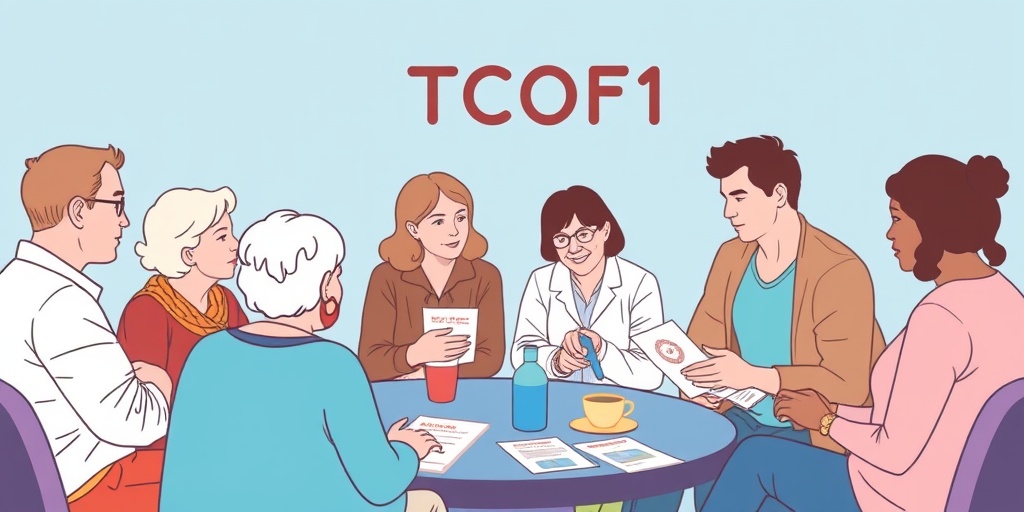
Frequently Asked Questions about TCOF1
What is the TCOF1 gene?
The TCOF1 gene is essential for the development of facial structures. It provides instructions for producing a protein that plays a critical role in the formation of craniofacial tissues during embryonic development.
What happens when there is a mutation in the TCOF1 gene?
A mutation in the TCOF1 gene can lead to various developmental disorders, most notably Treacher Collins syndrome. This condition is characterized by facial deformities, hearing loss, and other craniofacial abnormalities.
How does TCOF1 function in the body?
The TCOF1 protein is involved in the production of ribosomal RNA, which is crucial for protein synthesis. It helps regulate the growth and development of neural crest cells, which are vital for forming facial structures.
What is Treacher Collins syndrome?
Treacher Collins syndrome is a genetic disorder caused by mutations in the TCOF1 gene. It affects the development of bones and tissues in the face, leading to distinctive facial features and potential hearing loss.
Where can I find more information about TCOF1 mutations?
For detailed information about TCOF1 mutations, you can refer to genetic databases such as OMIM (Online Mendelian Inheritance in Man) or consult with a genetic counselor who can provide insights based on the latest research.
Is there a treatment for conditions related to TCOF1 mutations?
While there is no cure for conditions caused by TCOF1 mutations, treatment options are available to manage symptoms. These may include surgical interventions to correct facial deformities and hearing aids for hearing loss.
Can TCOF1 mutations be inherited?
Yes, mutations in the TCOF1 gene can be inherited in an autosomal dominant manner. This means that an affected individual has a 50% chance of passing the mutation to their offspring.
What resources are available for families affected by TCOF1-related conditions?
Families can find support through various organizations dedicated to craniofacial disorders. These resources often provide information, support groups, and connections to specialists familiar with TCOF1 and related conditions.

